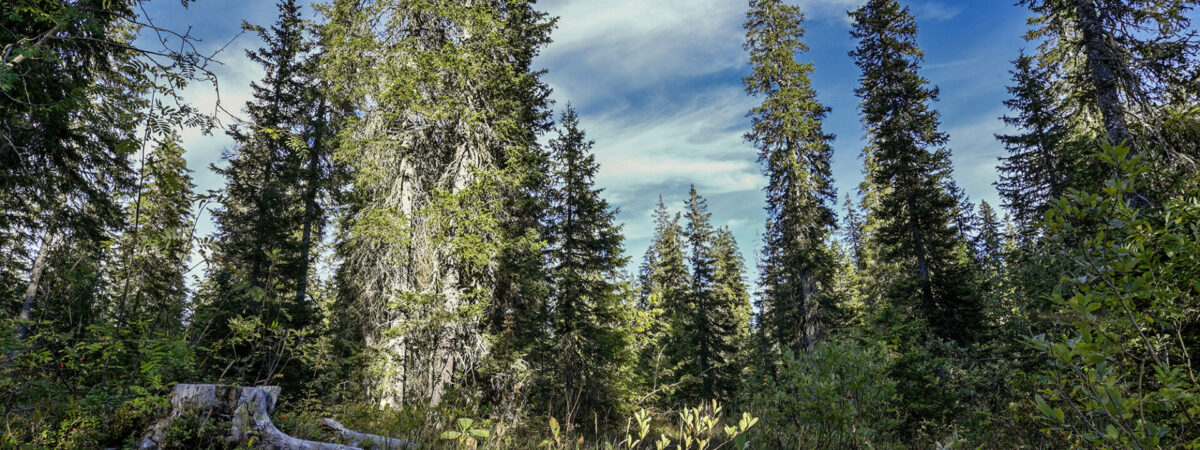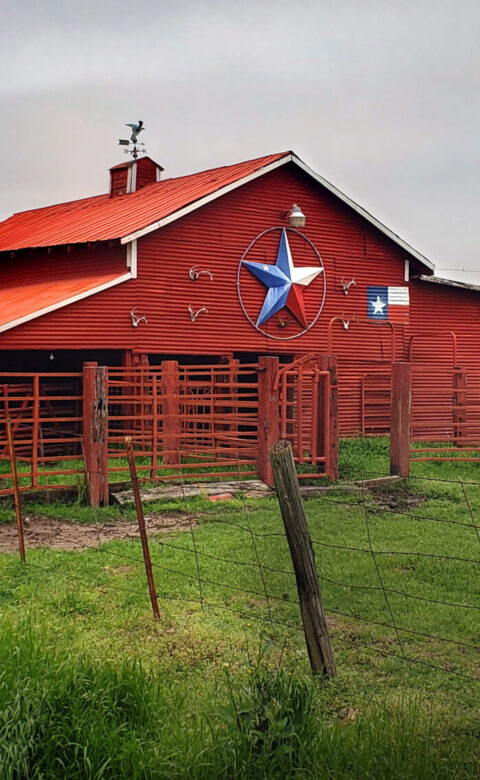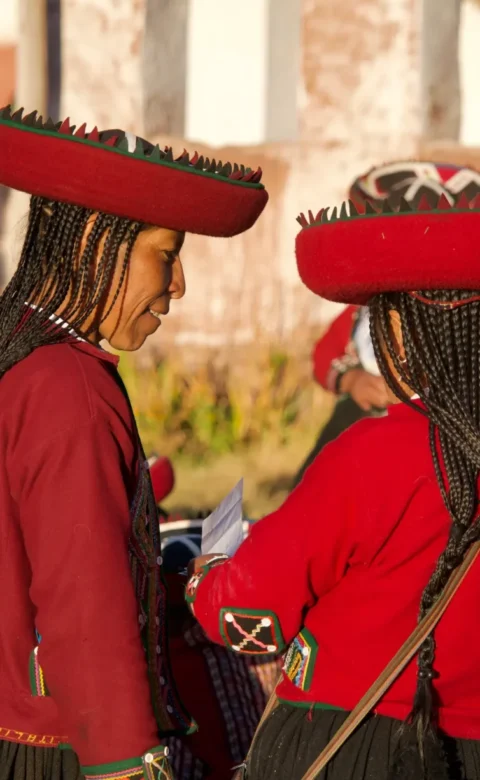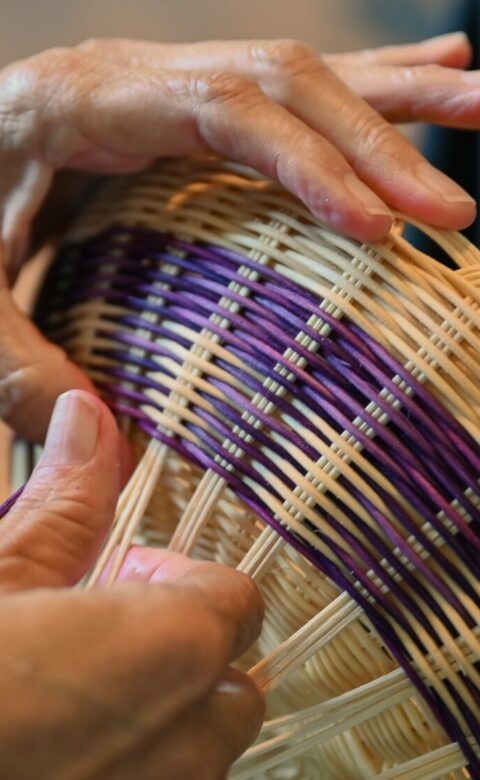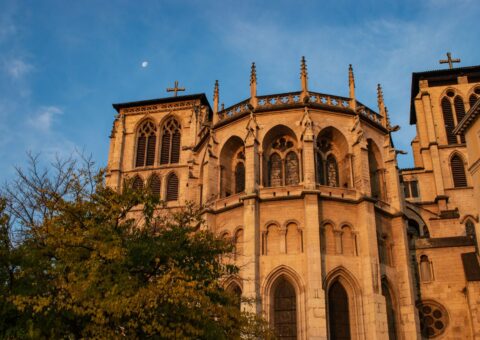It may not be the poster child for an endangered species, like a black rhino, Hawksbill turtle or baby mountain gorilla, but the male Western Capercaillie is a looker with blue-black tail feathers spread in a perfect fan, a goatee of the same blue-black plumage and scarlet eyebrows. The females are less eye-catching — beige and speckled like a female pheasant. Once there were thousands of these birds in France’s Jura Mountains, but now they’re in severe decline.
The WWF estimates that up to 0.1% of all species will become extinct each year. A species classed as being of ‘least concern’ by the IUCN (the International Union for the Conservation of Nature), the Western Capercaillie still has a relatively healthy population across much of Europe, which numbers over 1.5 million of these birds in the wild. Nonetheless, during the 1990s this species was completely eliminated from the French Alps, and with only 280 of these birds left in the Jura Mountains (according to the 2021 survey), Forestry Officer for the Haut-Jura Regional Park Axel Peyric fears that they could disappear from here too. Why is the Western Capercaillie, which is proliferating in so much of Europe, steadily getting eliminated in France? It’s not a species that’s suffering overtly from global warming — this decline is due to habitat destruction, largely because of deforestation linked to the ski industry.
“Expanding ski resorts and the huge growth of the ski industry definitely helped eliminate the Western Capercaillie in the Alps,” says Peyric.
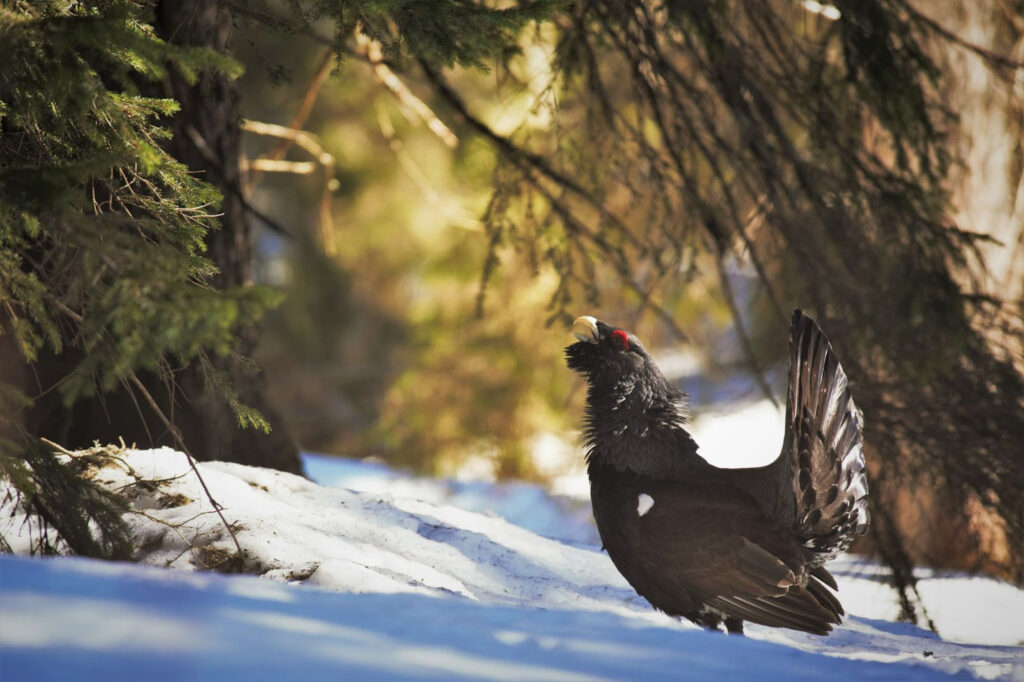
With just five ski stations, Jura pales in comparison to its alpine neighbour, but Nordic skiing is particularly prolific here. Seen as less damaging than downhill skiing (much less deforestation, no need for energy-chugging chairlifts), many skiers concerned about the environment are making the switch. However, even Nordic skiing might be threatening the Western Capercaillie’s habitat, and in 2021, the Jura region lost 505 hectares of natural forest, equating to over 5% of the total tree cover gone within one year.
“Jura’s forests are becoming increasingly split up due to human intervention,” says Peyric. “There’s widespread deforestation, which destroys the birds’ homes. As to rising temperatures, we’re not yet sure whether this affects the Western Capercaillie, although we suspect it may make reproduction more difficult. In fact, hot weather following the birth of the chicks improves their survival rate! But the biggest problem we face here is the same as it was in the Alps — habitat destruction.”
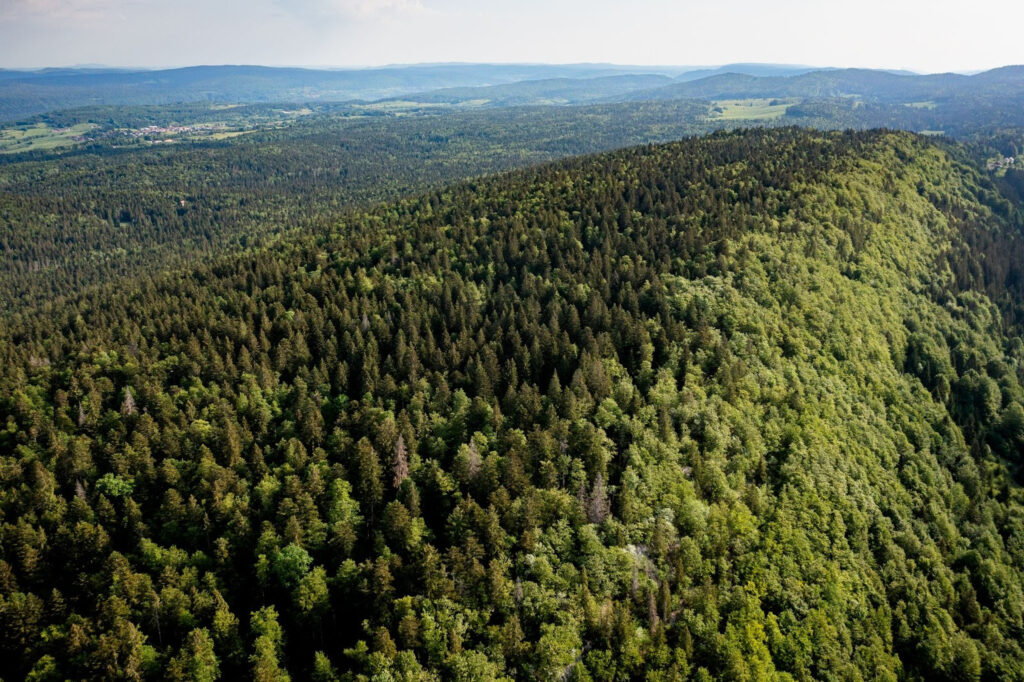
The Western Capercaillie is emblematic of Jura, and representations of the bird are regularly seen decorating the walls of gites and restaurants. As their habitats are destroyed, they are increasingly seen on Jura’s slopes. In 2021, a video of one went viral after it came face-to-face with a Swedish skier.
In France, the Pyrenees currently have the highest population of Western Capercaillie in France at around 6,000, and smaller populations of the bird live in the Vosges, and in Jura, albeit their numbers have declined by roughly 60% since the 1960s. In the Cévennes, where the Western Capercaillie went completely extinct, they were successfully reintroduced in the 1970s. Peyric takes a three-pronged approach to stopping the same thing happening in Jura.
“First we educate people so that they can identify a Western Capercaillie when they see one,” he says. “Then we explain why they need protection — they’re not as common as people think and have already gone extinct from several areas. The third and arguably most important is maintaining their habitats, providing them with a safe space to reproduce and nest.”
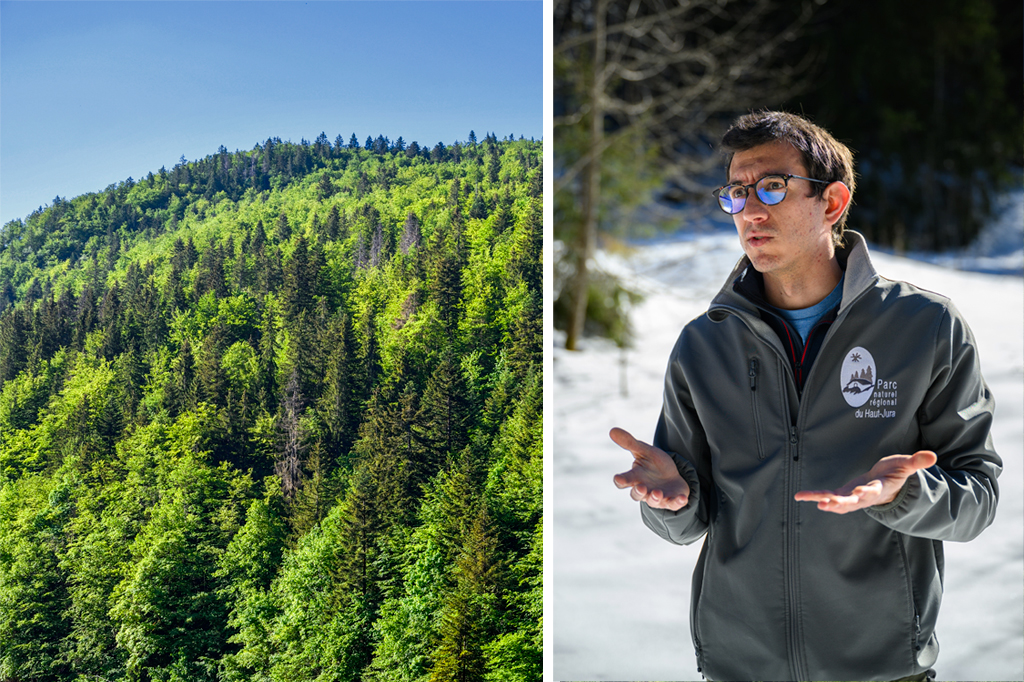
It seems it may be working. In 2019, ski station Les Rousses in Haut-Jura was forbidden from building two new pistes, which would have resulted in five kilometres of deforestation. This year, low snowfall meant that many of Jura’s ski stations struggled to open at all. As Jura’s ski resorts move increasingly away from downhill skiing, will it be easier to limit deforestation and protect the habitats of Western Capercaillie and other native species? Peyric hopes so, but managed correctly, he doesn’t feel protecting wildlife has to be to the detriment of the ski industry.
“Yes, the ski industry can be incredibly damaging to wildlife, particularly in destroying their habitats,” says Peyric. “But I believe the Western Capercaillie and Jura’s ski industry can cohabitate harmoniously.”

